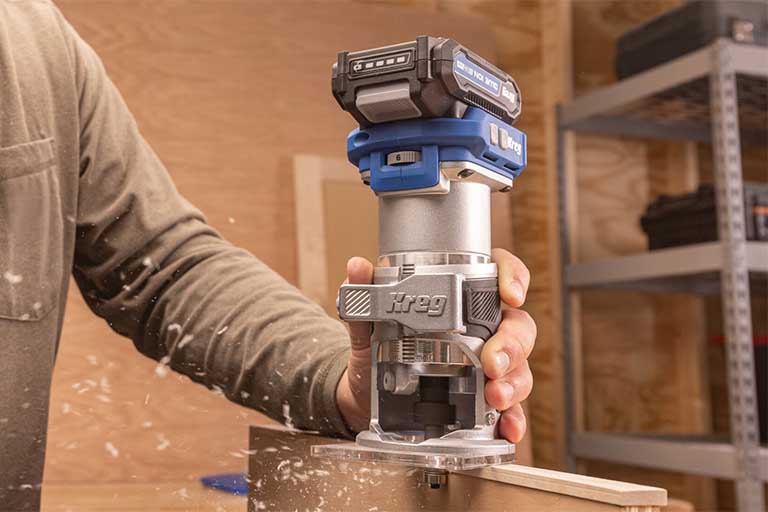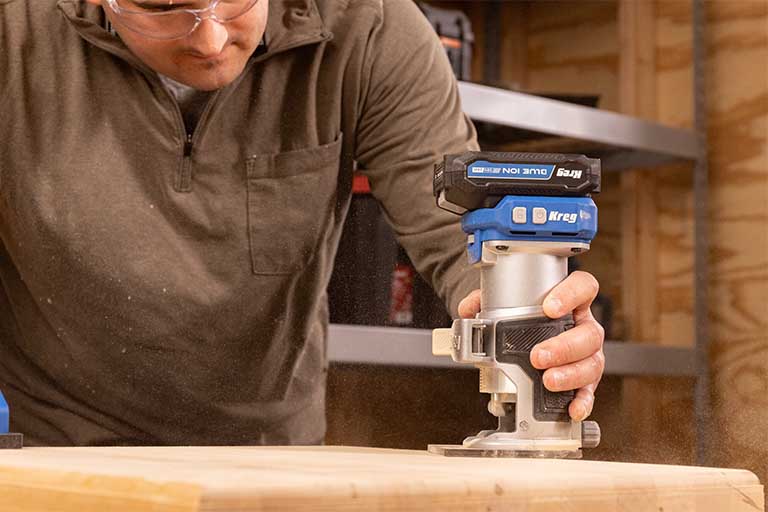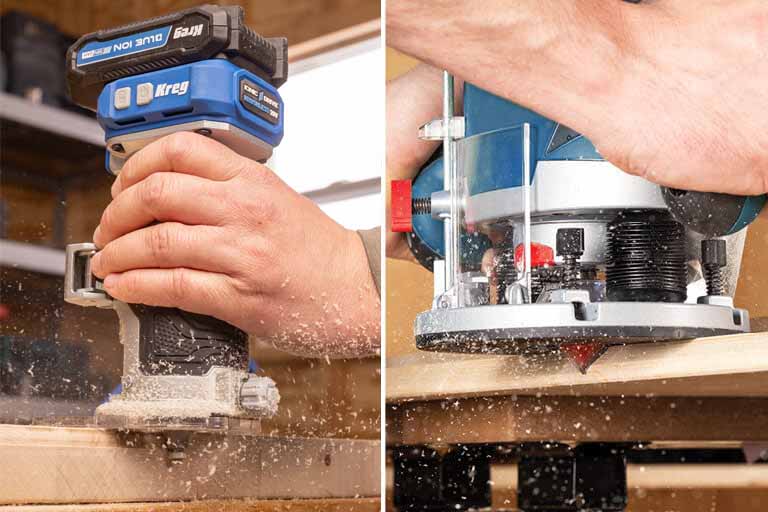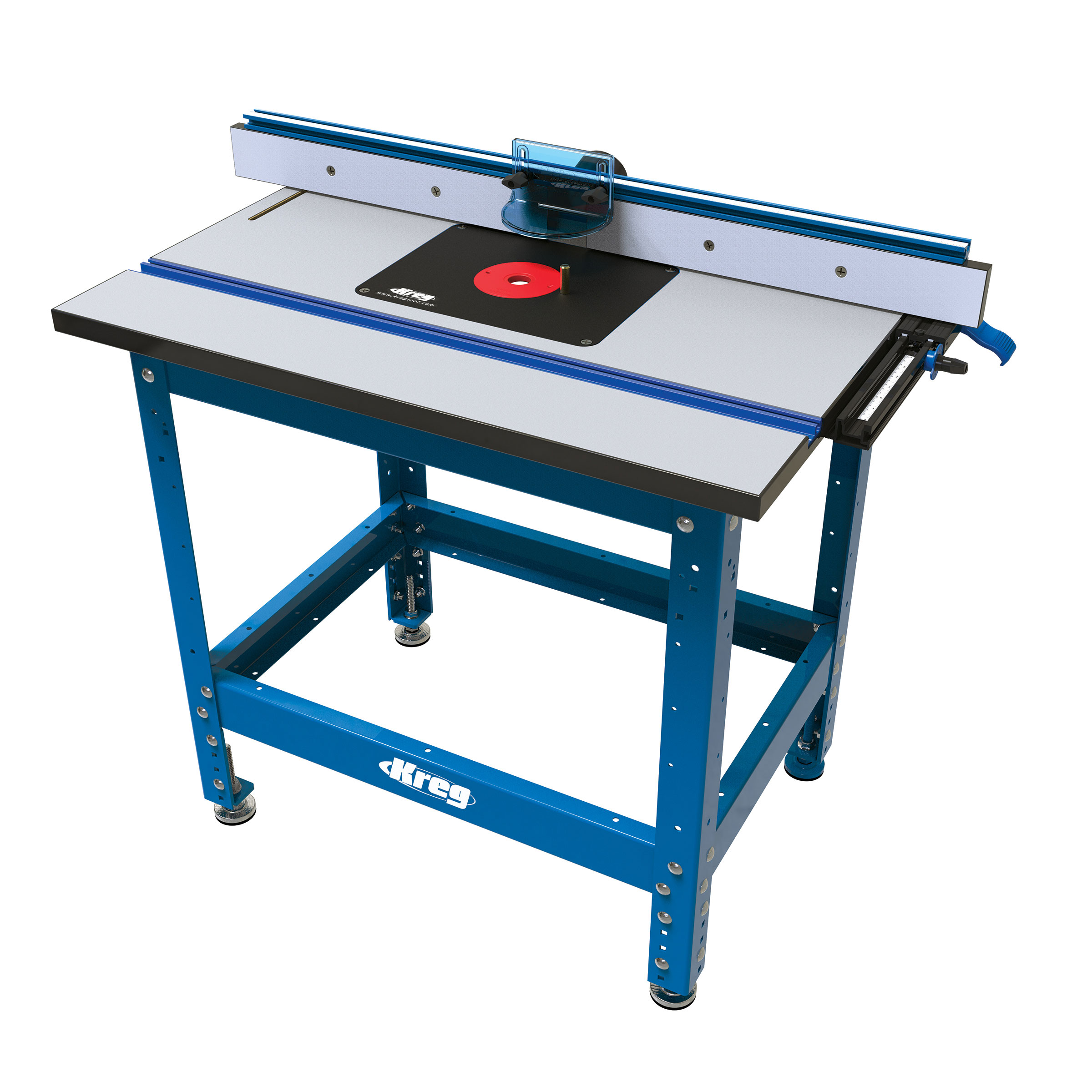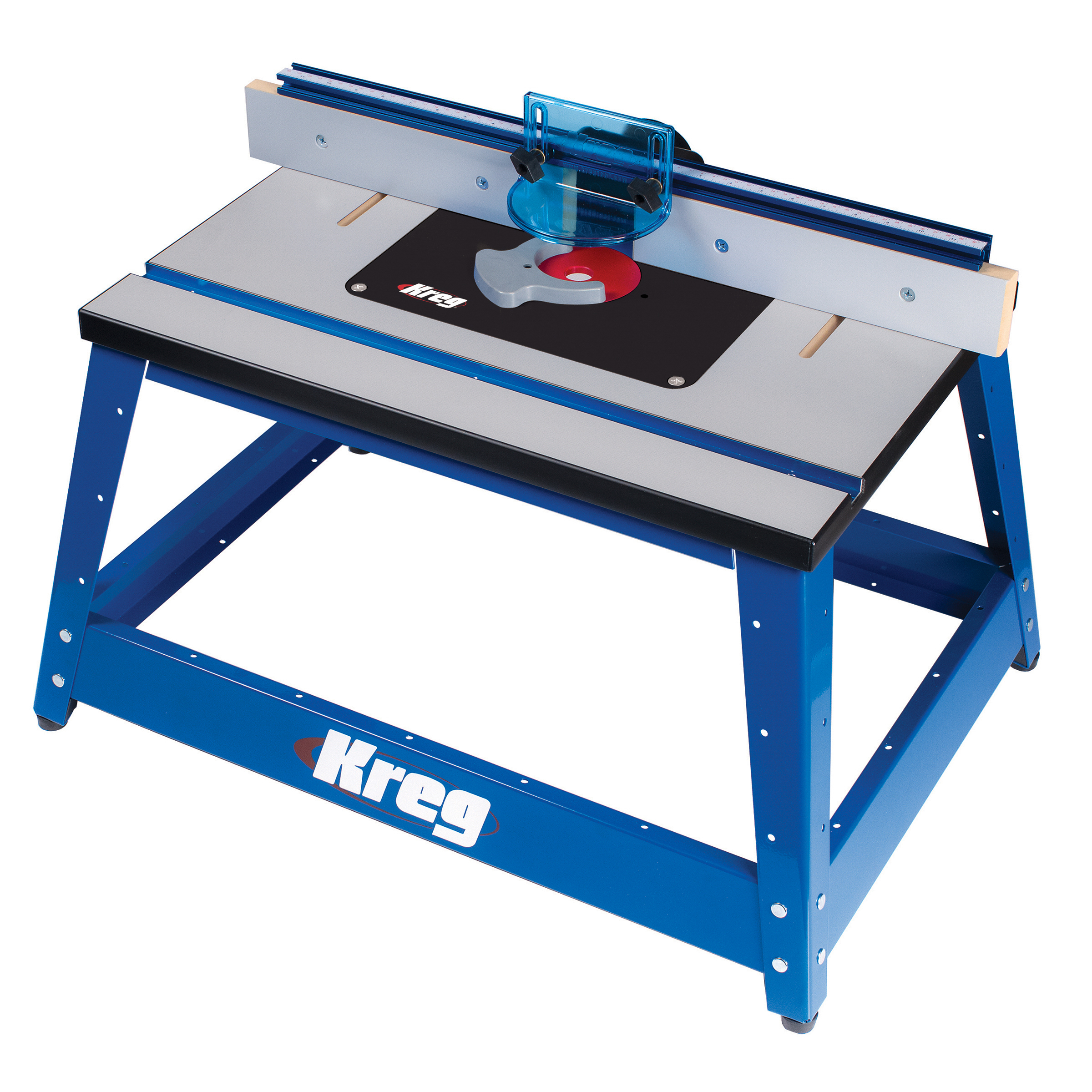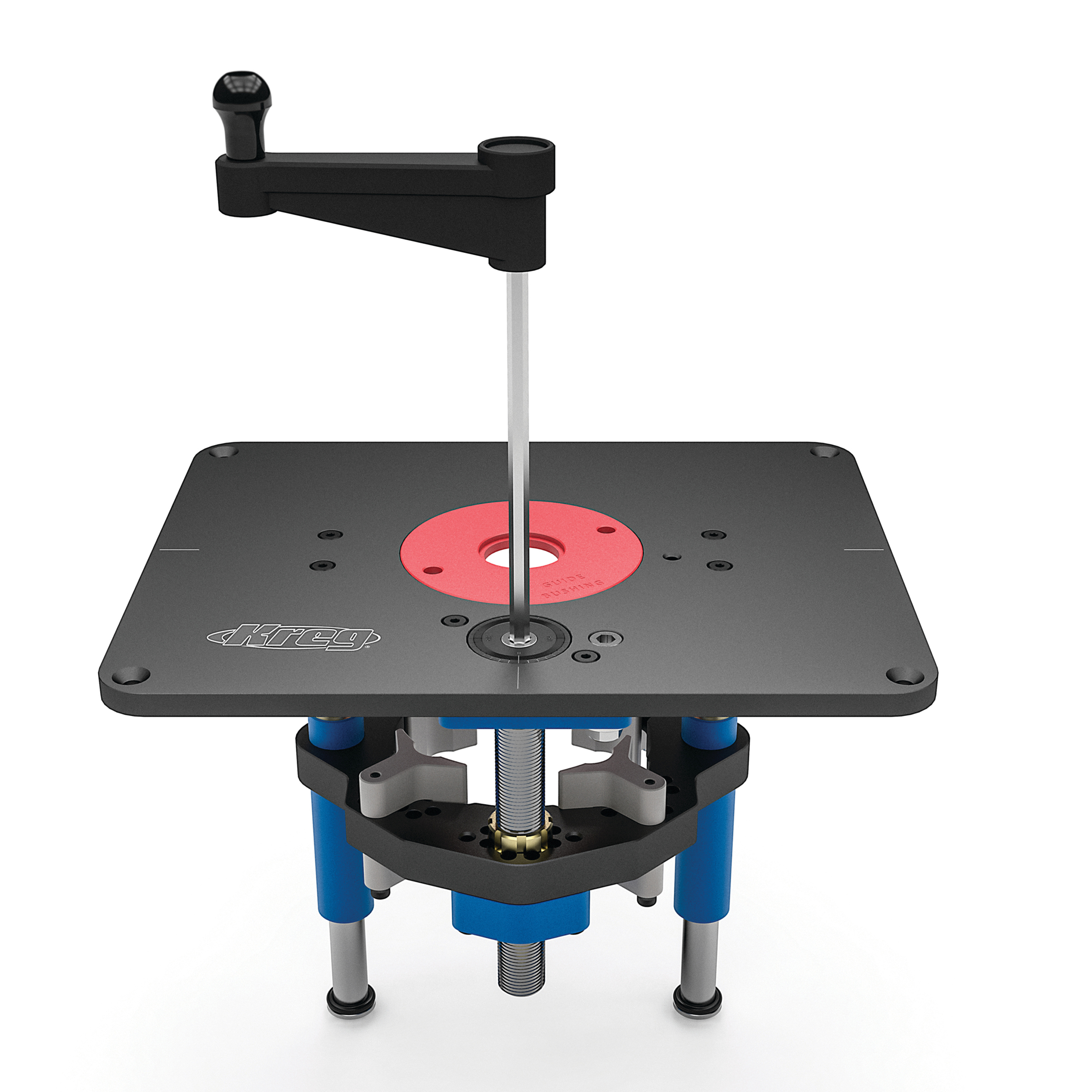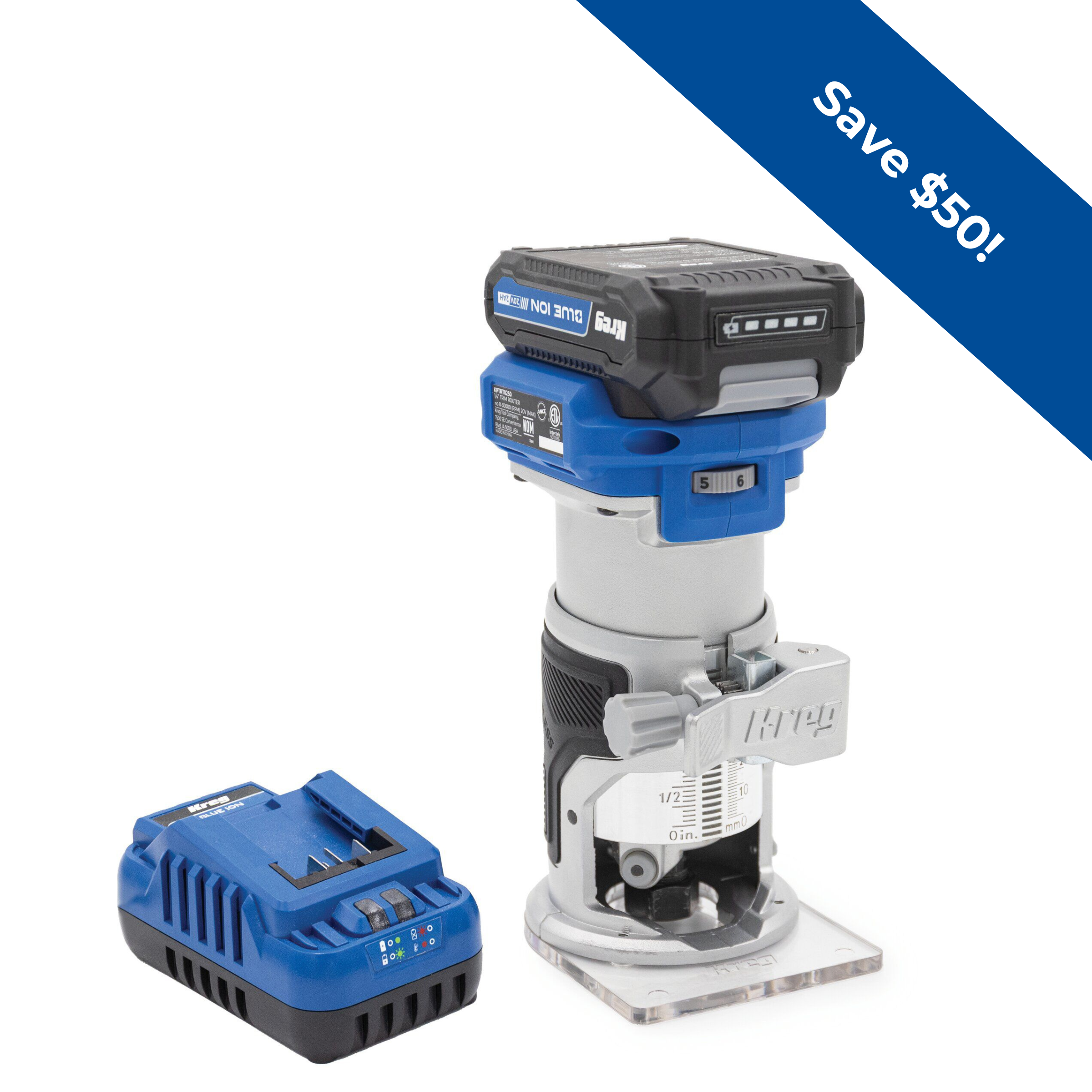Wood routers are essential tools for woodworkers of all skill levels. Understanding their capabilities, what features to consider, and how to use them safely will help you to tackle a wide range of woodworking tasks with precision and creativity.
Why buy a woodworking router?
If your woodworking plans include shaping edges, joinery, or adding decorative details to your projects, then consider investing in a router.
What does a router do?
It’s a multipurpose power tool used for everything from hollowing out a space to making fancy bevels on edges. Woodworkers can use it to trim, shape, and carve elaborate shapes, as well as make joinery and edge profiles.
![]()
What router do I need for woodworking?
What should you look for in a router? That depends on the types of projects you’ll be working on and the specific tasks you want to accomplish with a router. Consider what features are most important to your needs – this will help you determine the required power, size, and features.
You’ll want to include the following considerations in your decision:
Power:
Depending on the nature of the task at hand, more or less power may be necessary. Check the horsepower ratings of routers to see if they meet the needs of your project. In general, larger and more demanding tasks benefit from higher HP ratings.
Variable speed control:
Look for a router that allows you to change the speed at which it operates. With the ability to adjust the speed, you can achieve maximum control and precision regardless of the material or size of the bit being used.
Depth adjustment mechanism:
Make sure that the router’s depth adjustment mechanism is sturdy and accurate. This allows you to precisely determine the required cutting depth, resulting in clean, precise cuts every time.
Ergonomics and build quality:
Consider the overall design and ergonomics of the router. Try to find a tool with an ergonomic grip and simple controls. In addition, a router built with quality materials and a solid design will serve you well for years to come.
Collet size and compatibility:
Be sure the router’s collet size is compatible with the bits you intend to use by checking the bits’ dimensions. Some routers have both a ¼” and a ½” collet, which are the two most common sizes.
Additional features:
Consider features such as dust collection capabilities, guide fence, and compatibility with router accessories or templates. These features can enhance functionality and convenience.
![]()
What are the four types of wood routers?
1. Fixed base router
The fixed-base router is a popular choice for beginners and those who prioritize simplicity and ease of use. It is simple to use because of the fixed base that is already at a predetermined depth. Edge routing, chamfering, and profiling are all made much simpler with the machine’s fixed base.
The fixed-base router is widely regarded as the most user-friendly router, especially for novices. Instead of having to deal with the complexity of plunge or combo routers, users can focus on mastering their woodworking techniques thanks to the stationary base’s ease of use and reliability.
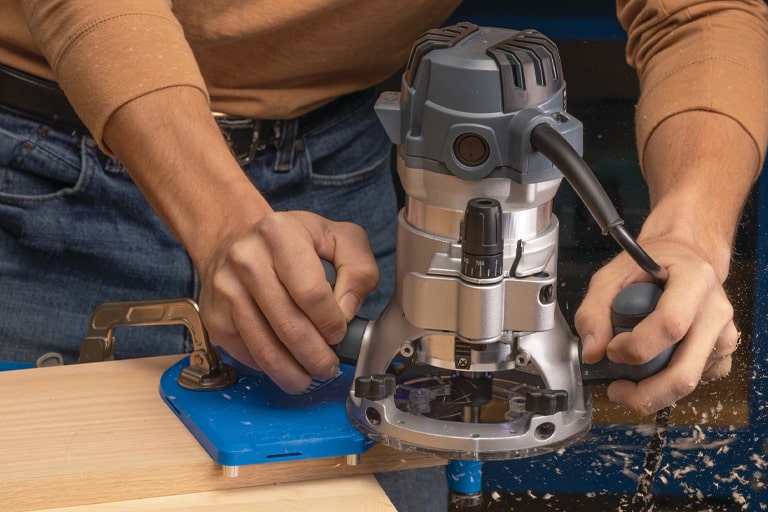
2. Plunge router
Plunge routers can be used for a variety of tasks and provide accurate, detailed cuts inside a variety of materials. Plunge routers, in contrast to its fixed-base counterparts, have a spring-loaded base that allows the bit to be inserted into the wood to any depth. This makes them perfect for jobs like making inlays, complex carvings, sign making, and mortises.

3. Combination router
As the name suggests, a combination router combines the advantages of the fixed-base and plunge routers into a single device. It provides the user with the best of both worlds. Expert woodworkers and professionals that need a wide range of cutting options often opt for combination routers.

4. Trim router
Trim routers, also called laminate trimmers, are small, lightweight routers built for accuracy. They are particularly good at cutting laminates and veneers, as well as finishing off smaller tasks. Trim routers are easy to handle and offer excellent control, making them an ideal choice for intricate detailing and edge trimming. Learn about how to use a trim router.
Learn more about trim routers vs plunge routers
Should I get a router or jigsaw?
While both tools have their uses, a router is more versatile and precise compared to a jigsaw.
Routers excel at detailed edge profiling, joinery, and creating intricate designs. Jigsaws are better suited for making curved cuts and rough shaping. If woodworking is your primary focus, a router is a worthwhile investment.
Check out all the best-selling routing solutions from Kreg –



